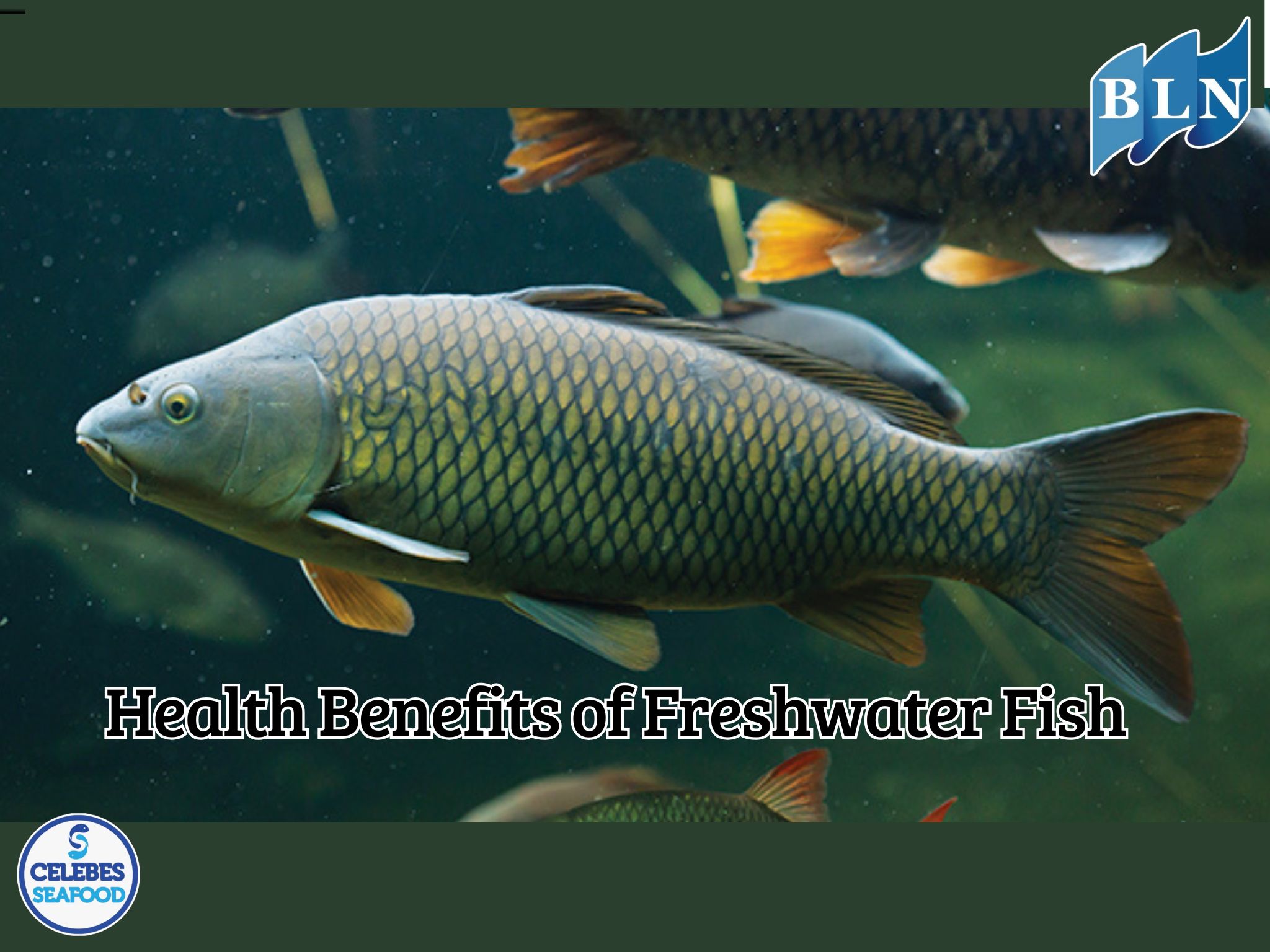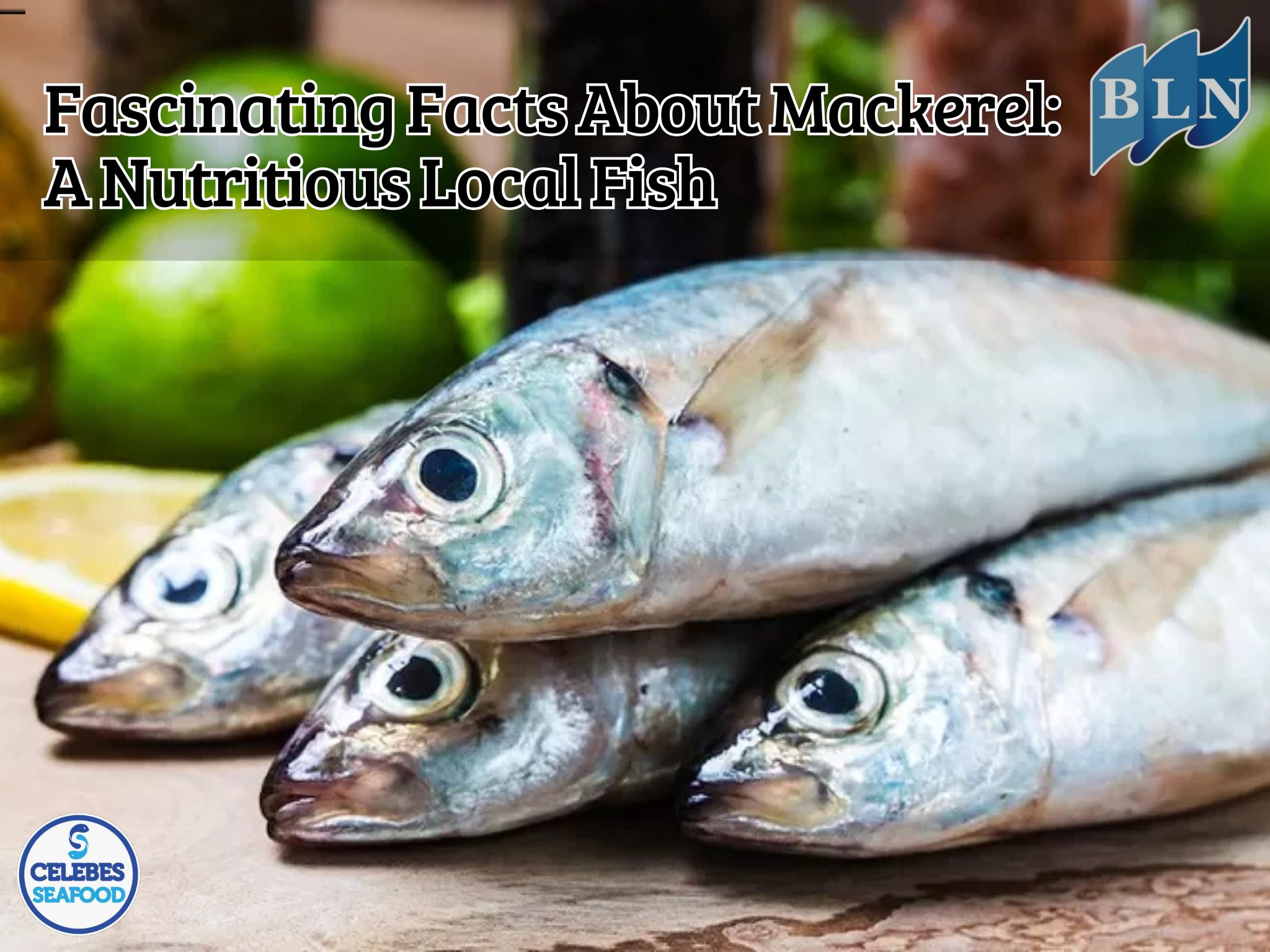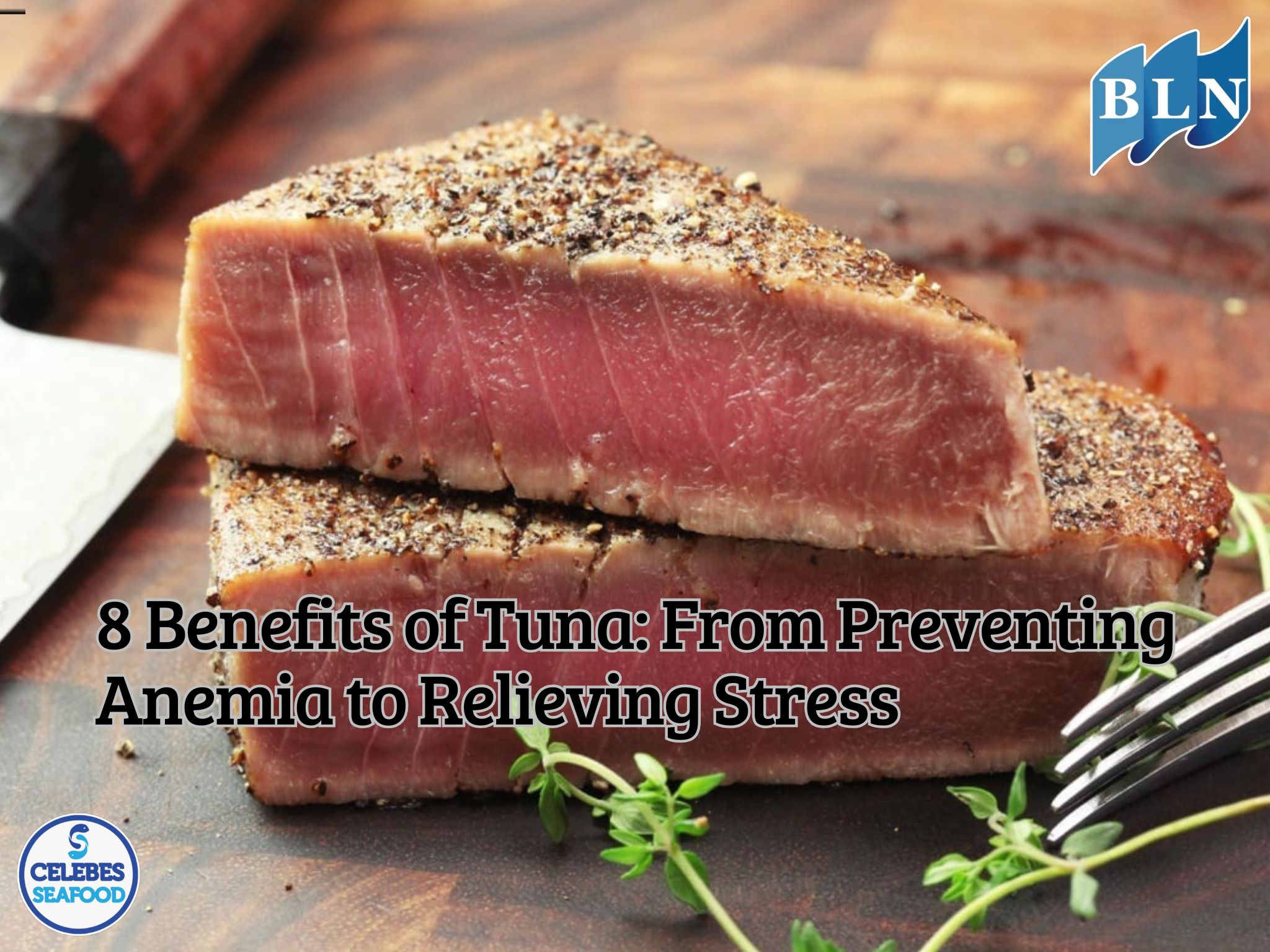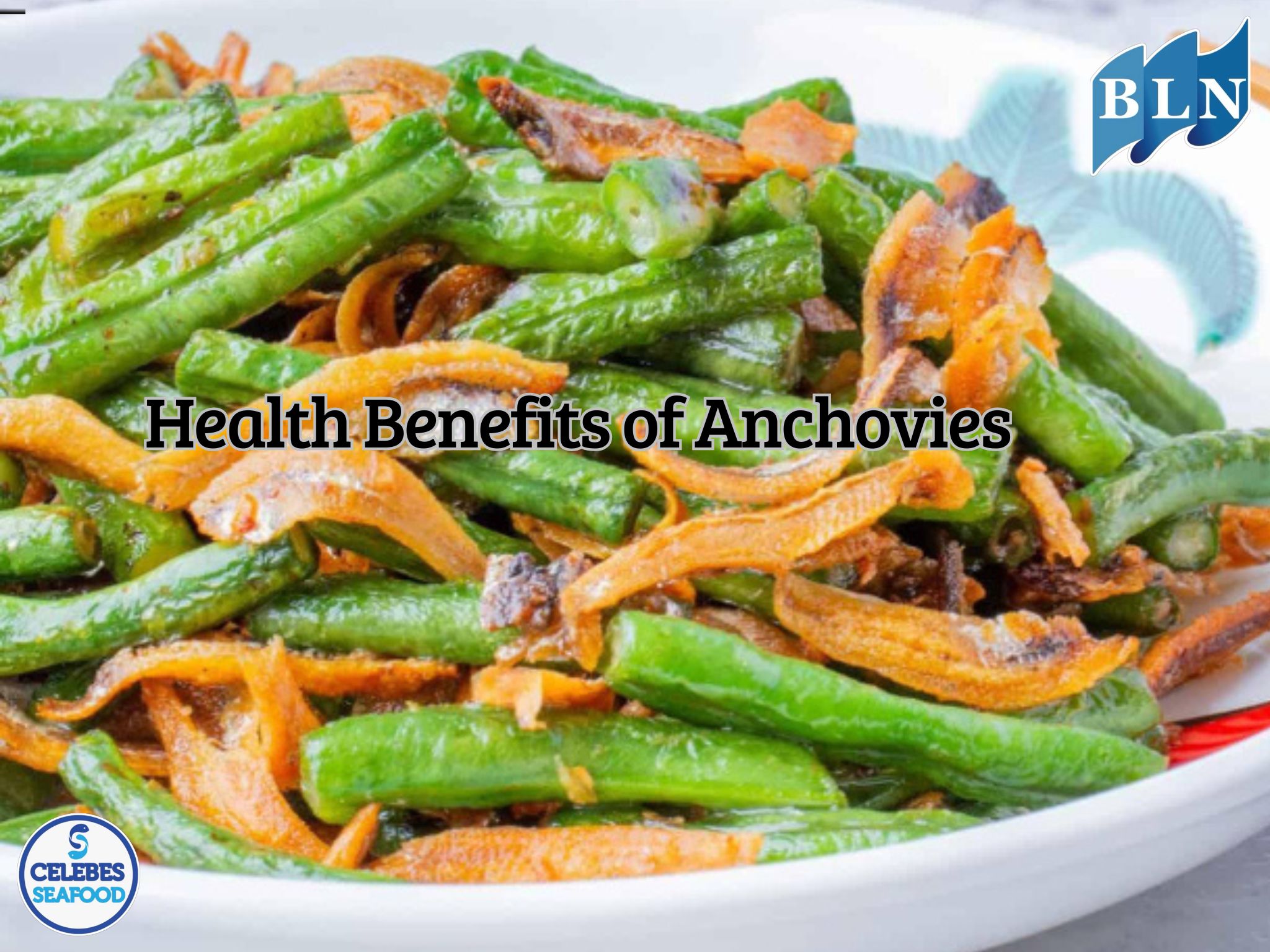The Potential of Marine Organisms as a Source of Natural Pharmaceutical and Cosmetic Ingredients
By. Azizah - 28 Jul 2025.jpg)
lautnusantara.comMarine organisms possess immense biodiversity and a wide range of bioactive compounds, making them highly promising sources for the development of natural medicines and cosmetic products. Marine microbes, algae, sponges, jellyfish, and sea cucumbers produce secondary metabolites with antibacterial, anti-inflammatory, anticancer, and antioxidant properties. This article discusses the types of marine organisms with bioactive potential, their mechanisms of action, and the opportunities for their development in the pharmaceutical and natural cosmetic industries in Indonesia.
1. Introduction
The ocean is the largest ecosystem on Earth, containing more than 70% of the planet’s biodiversity. Various marine organisms—such as microalgae, sea sponges, sea cucumbers, and extremophilic marine bacteria—produce unique secondary metabolites not found in terrestrial species. These compounds serve as defense mechanisms, cellular signaling agents, or stress responses, and have high potential as active ingredients in natural pharmaceuticals and cosmetic products.
As an archipelagic country with over 95,000 km of coastline, Indonesia is strategically positioned for the exploration of marine organisms with high economic and therapeutic value.
2. Types of Marine Organisms with Pharmaceutical and Cosmetic Potential
Below are groups of marine organisms, their key compounds, and potential applications:
|
Marine Organism |
Key Compounds |
Potential Applications |
|---|---|---|
|
Marine sponges |
Terpenoids, alkaloids, polyketides |
Anticancer, antibacterial, antiviral |
|
Seaweeds & algae |
Sulfated polysaccharides, fucoidan |
Anti-aging, moisturizers, antioxidants |
|
Sea cucumbers |
Saponins, triterpenoids, collagen |
Anti-inflammatory, skin regeneration, wound healing |
|
Microalgae |
Carotenoids, omega-3 fatty acids |
Nutraceuticals, antioxidants, UV protection |
|
Jellyfish |
Bioactive proteins, collagen |
Anti-aging, natural skin-care base |
|
Marine cyanobacteria |
Cyclic peptides, alkaloids |
Antitumor, antimicrobial |
3. Mechanisms of Action of Marine Bioactive Compounds
Marine bioactive compounds act through various mechanisms:
-
Antibacterial/Antiviral: Inhibit DNA/RNA replication or disrupt microbial cell walls
-
Anticancer: Induce apoptosis, inhibit angiogenesis, and suppress cancer cell proliferation
-
Antioxidant: Neutralize free radicals and protect skin from aging and UV damage
-
Anti-inflammatory: Suppress expression of pro-inflammatory cytokines and enzymes like COX-2
-
Tissue regeneration: Marine collagen and peptides stimulate skin cell regeneration
4. Potential for Natural Marine-Based Cosmetic Industry
The cosmetics industry is increasingly shifting toward natural and eco-friendly ingredients. Marine organisms have become a new frontier in this trend. Products already in development or on the market include:
-
Anti-aging creams using collagen from sea cucumbers or jellyfish
-
Facial masks made from antioxidant-rich seaweed
-
Natural sunscreens derived from microalgae pigments (e.g., astaxanthin)
-
Wound healing gels containing fucoidan from brown algae
-
Antibacterial soaps made from marine sponge extracts
5. Challenges and Solutions in Development
Despite the promising potential, several challenges exist in developing marine organisms as natural ingredients:
|
Challenges |
Possible Solutions |
|---|---|
|
Limited availability of wild raw materials |
Cultivation of microalgae, seaweed, or marine sponges |
|
Complex extraction and isolation processes |
Development of green extraction technologies |
|
Underdeveloped industrial scale in Indonesia |
Strengthening academia–industry research collaboration |
|
Regulatory barriers and clinical testing |
Streamlining BPOM regulations and cross-sector synergy |
6. Opportunities in Indonesia
As a marine megabiodiversity country, Indonesia has significant potential to become a supplier of marine-based raw materials and finished products. Strategic opportunities include:
-
Export of marine bioactive ingredients
-
Development of tropical-themed local cosmetic brands
-
Eco-marine tourism combined with natural cosmetics education
-
Empowering coastal communities through marine bioeconomy initiatives
If you are interested in our Redfin Emperor Fillet Skin On, Robinson Sea Bream Fillet Skin On please do not hesitate to contact us through email and/or whatsapp.
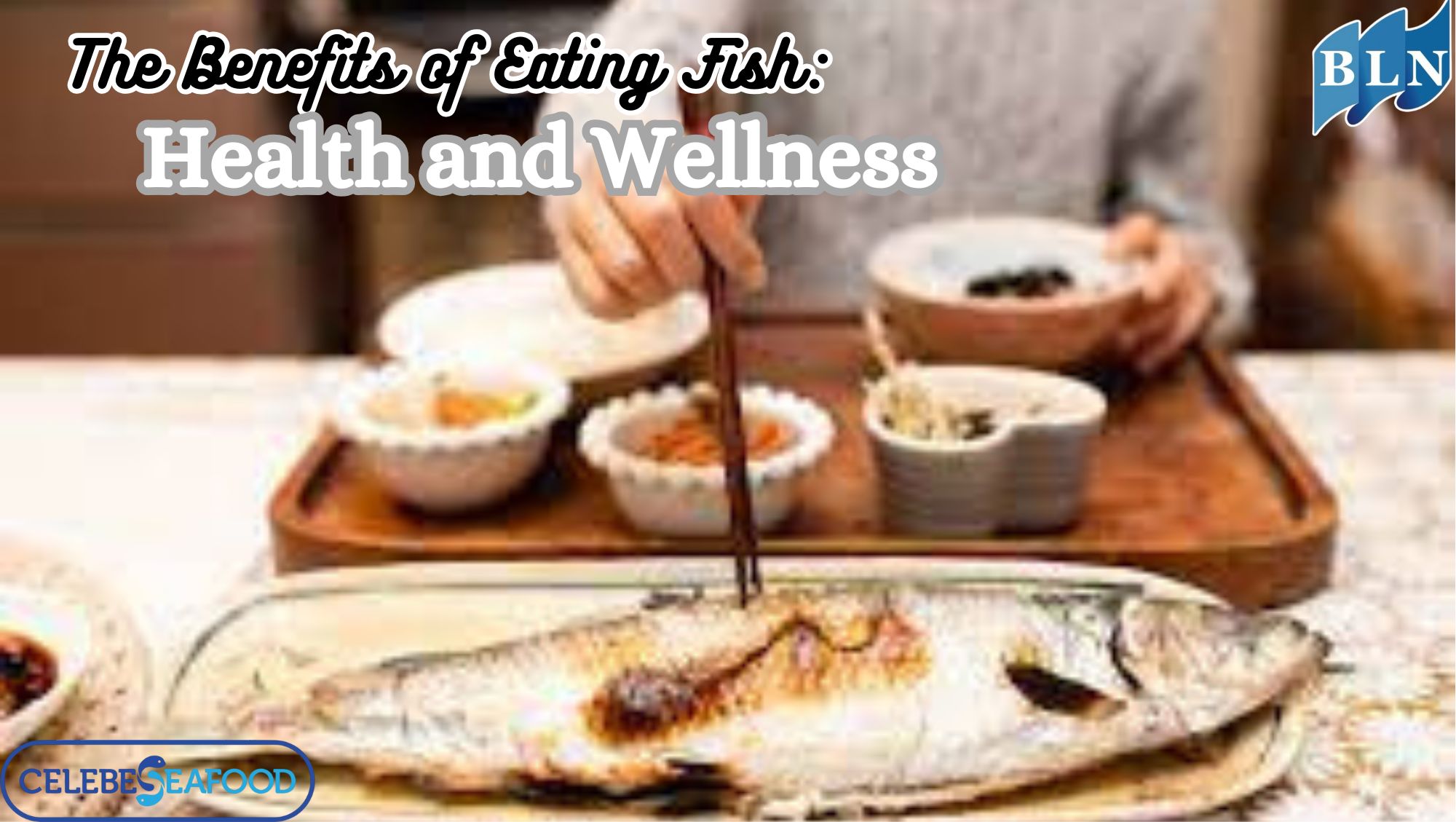
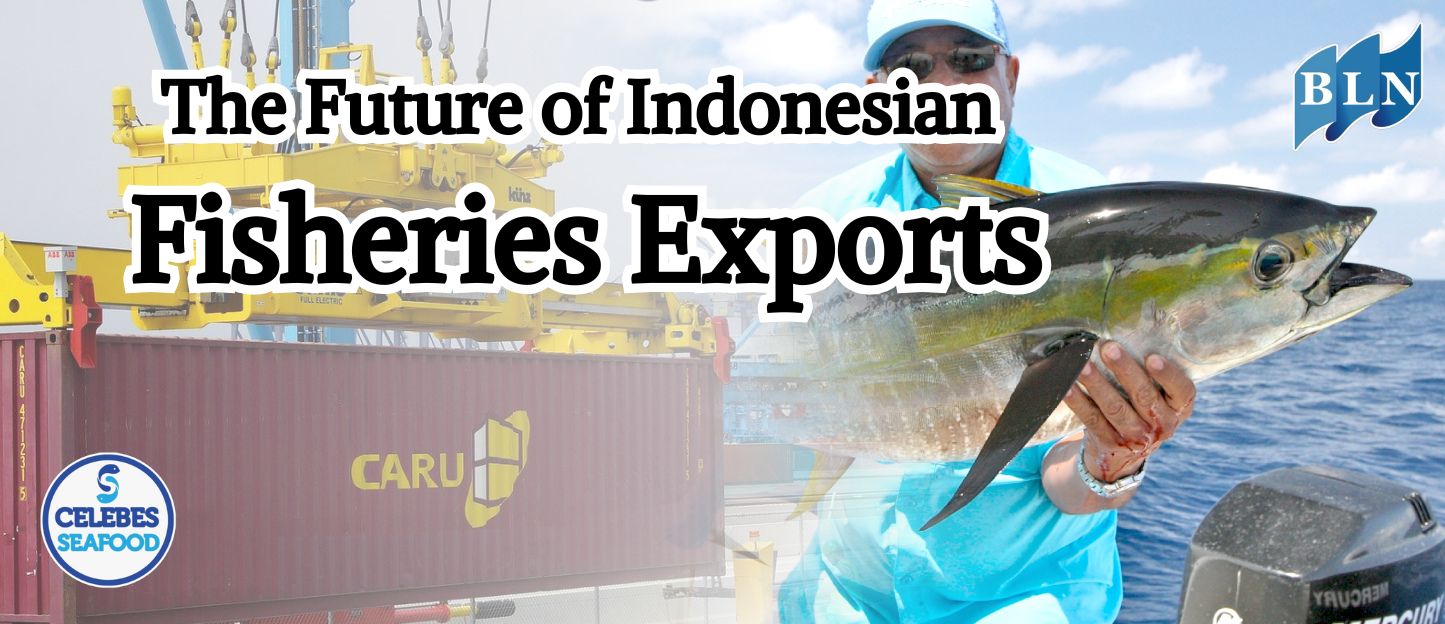
.jpg)
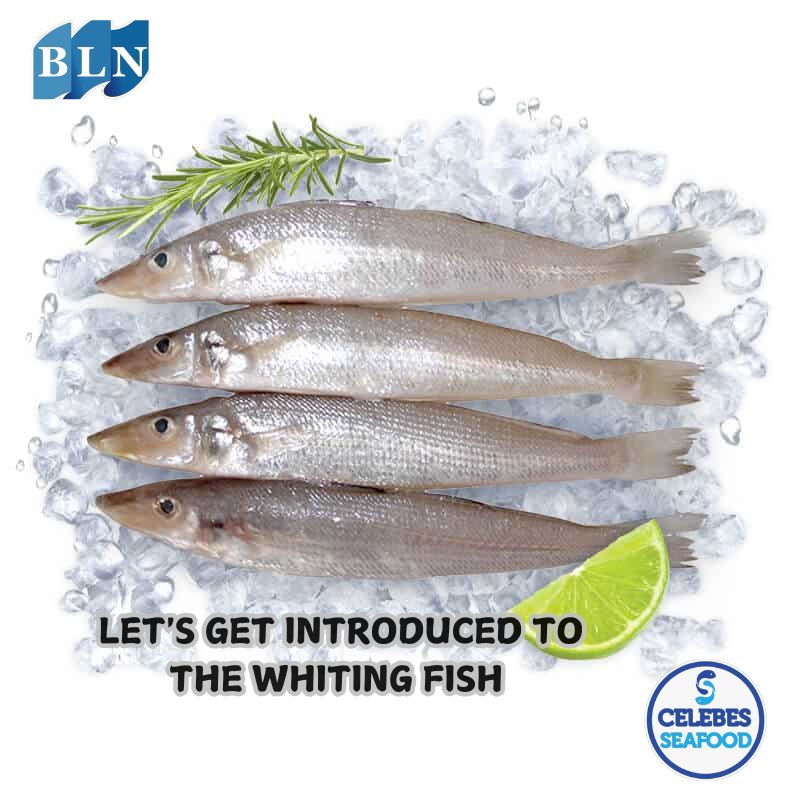
.png)
